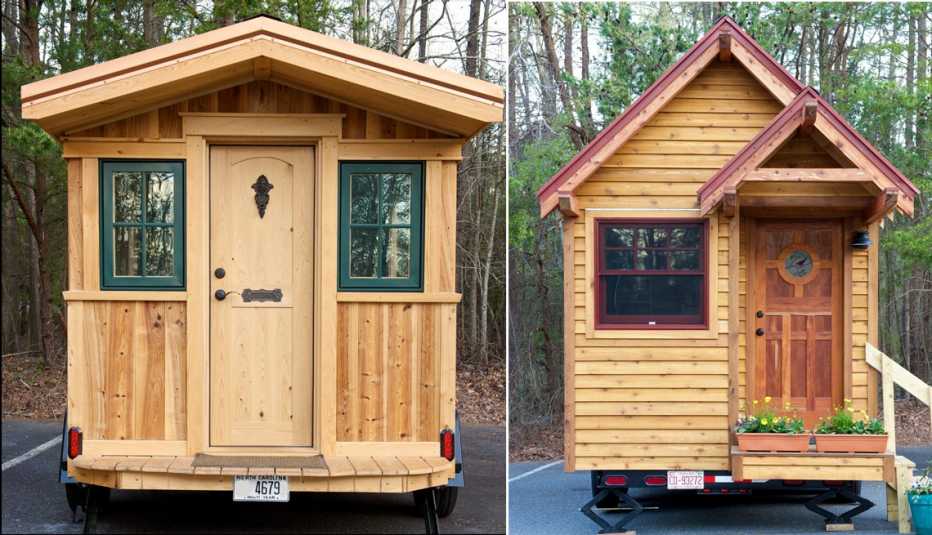AARP Hearing Center


Just west of downtown Tallahassee, Florida, tucked among scores of towering southern pines, is The Dwellings, the country’s first planned tiny-home community with a mission in support of affordability and second chances.
A project of the Tallahassee-serving nonprofit Connecting Everyone with Second Chances, The Dwellings describes itself as a “sustainable housing solution for individuals who are financially, socially, or institutionally disadvantaged.” The community is a home for, predominantly, people who are transitioning out of a shelter but can’t afford market rental rates or meet the income and background check requirements for most housing options.
When fully built, the 30-acre development will be 100 percent green and self-sustaining, with its own solar farm. The property can accommodate up to 130 homes in various sizes of small. (See the caption above.) Rents for the fully furnished, air-conditioned units run from $550 to $850 a month and include utilities as well as high-speed Internet and smart tech features (ranging from the thermostat to HDTV). Each house costs roughly $50,000 to build. Available amenities include a community center, laundry facilities, a shared garden (with hydroponic greenhouse), and a kitchen and dining hall where for $50 a month, residents can eat on a meal plan. An on-site case manager helps with job training and other services.
Potential residents are vetted. If accepted, they must adhere to rules prohibiting pets (except service animals), nonmedical drugs, violence and intoxication. As of the spring of 2018, 25 percent of residents were veterans, and most residents were 55 or older.
The recognition of tiny homes as a way to house people who are homeless is growing. (See the next page for another example.) But tiny homes and tiny-home communities can help solve other challenges as well.
“Nontraditional housing projects and developments, such as The Dwellings, may be able to diminish gaps identified in affordability, home ‘right sizing’ and services for seniors,” says Susan Poplin, an urban planner and officer with the Florida chapter of the American Planning Association.
Residents began moving into The Dwellings in late 2017. One of the first was a 70-year-old former state employee who uses a wheelchair. (Some of the units are handicap accessible.) Speaking about his new home, he told the Tallahassee Democrat, “It felt like something I could hug and say, ‘You’re mine.’”
Adapted from the "Build Housing for All Ages" chapter of Where We Live: Communities for All Ages — 100+ Inspiring Examples from America’s Community Leaders (Book 3), a free publication by AARP.
Reporting by Patti Shea | Article published June 2018





























































